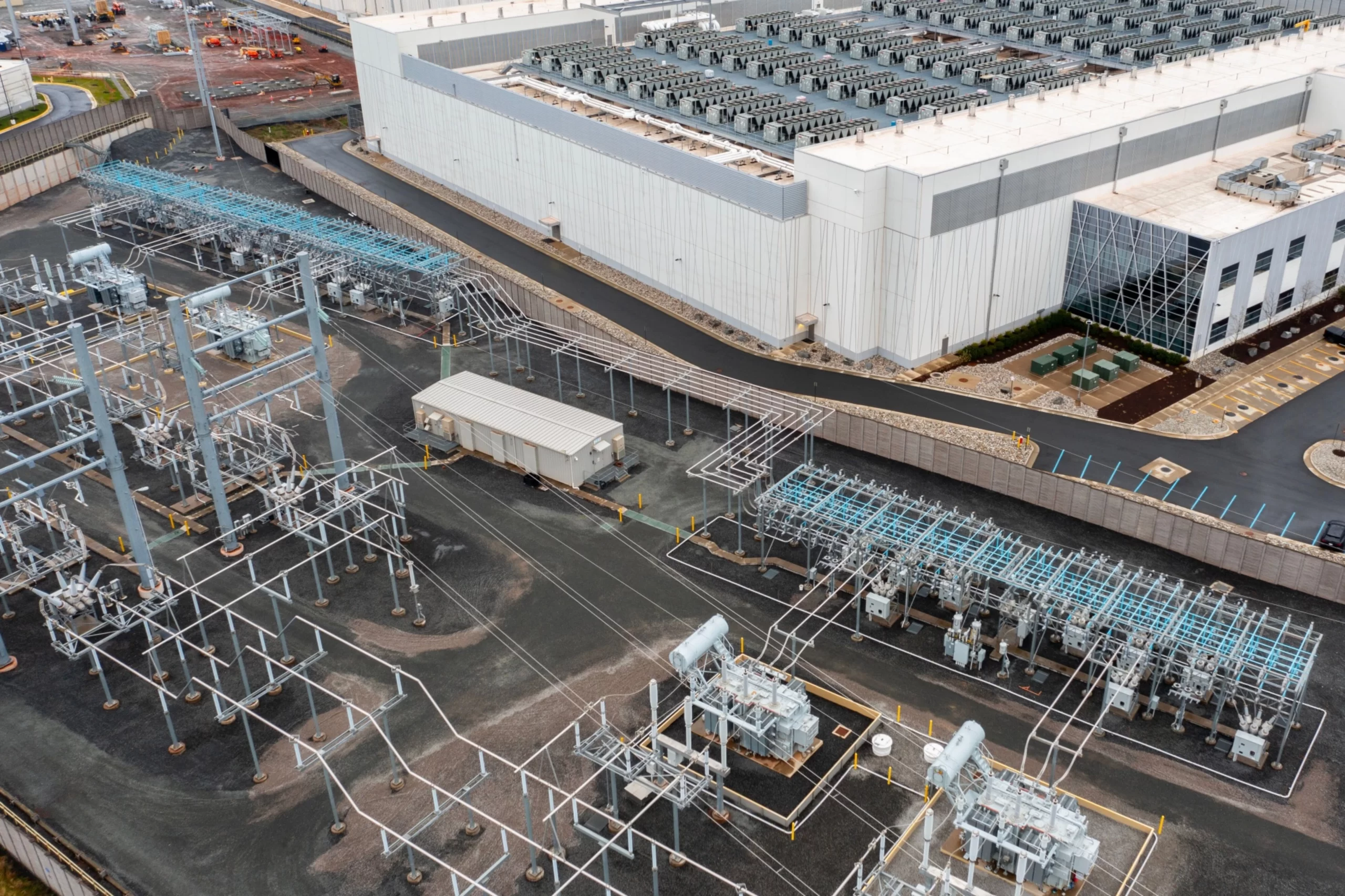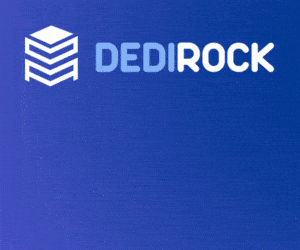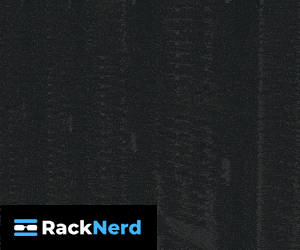
Stop me if you’ve heard this chain of reasoning:
- AI is developing very rapidly and everyone wants it
- AI takes huuuuge power
- The grid can’t handle it
- It’s a crisis, sky is falling, dogs and cats living together, etc.
Well, maybe it isn’t quite that grim.
Accoridng to Princeton University assistant professor Jesse Jenkins, artificial intelligence and the data centers behind it won’t place nearly as much stress on electric grids as feared.
“It’s not a crisis,” Jenkins said at a Society of Environmental Journalists event on the Princeton campus Thursday.
His comments came as power grids and utilities brace for a potential surge of new demand that threatens to slow the fight against climate change. Demand for electricity in the US has remained flat for years, but that has started to change as electric cars become more common and data centers proliferate.
Increased demand from EVs was widely anticipated among electric utilities, but the need to power AI was not. A major spike in electricity demand would complicate the drive to cut carbon emissions, keeping gas- or coal-fired power plants running longer than they otherwise would.
Jenkins, who models ways to decarbonize, said that data centers could boost the annual growth in power demand to four times its recent average. While that may sound like a lot, growth has only averaged .04% per year, he said. In contrast, electricity demand in the US grew an average of 2.3% per year from 1980 through 2005, he said.
“So we’re a long way from getting back to the pace of growth that we saw in that era,” Jenkins told reporters.
Earlier Thursday, the co-founder of cloud-computing giant CoreWeave told a Bloomberg Intelligence summit in New York that the world is “grossly” underestimating how much artificial intelligence will increase the demand for more data centers in the next five years, stressing power grids.
LowEndBox is a go-to resource for those seeking budget-friendly hosting solutions. This editorial focuses on syndicated news articles, delivering timely information and insights about web hosting, technology, and internet services that cater specifically to the LowEndBox community. With a wide range of topics covered, it serves as a comprehensive source of up-to-date content, helping users stay informed about the rapidly changing landscape of affordable hosting solutions.
























Leave a Reply